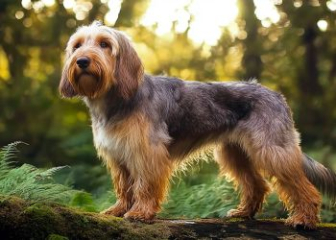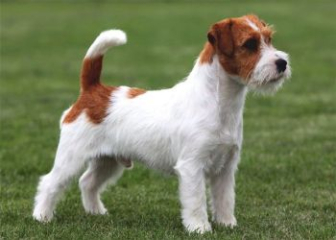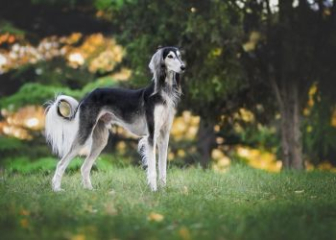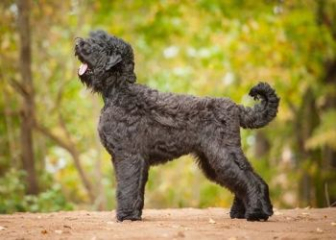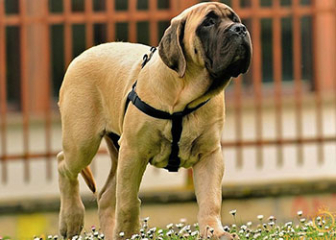Dalmatian, a dog breed with a white coat and black or brown spots.
Blog | by
The Dalmatian, also known as the Firehouse Dog, Plum Pudding Dog, or Carriage Dog, is a breed with a distinctive appearance, featuring a white coat with black or brown spots.
The Dalmatian is a dog breed originating from the Dalmatia region (now part of Croatia), known for its distinctive appearance with a white coat covered in black or brown spots. This agile breed is popular worldwide and is also the main character in the famous animated film 101 Dalmatians.
In today's article, let's dog breed take a closer look at the origins, appearance, and personality of this remarkable breed!
Origins and Development History of the Dalmatian
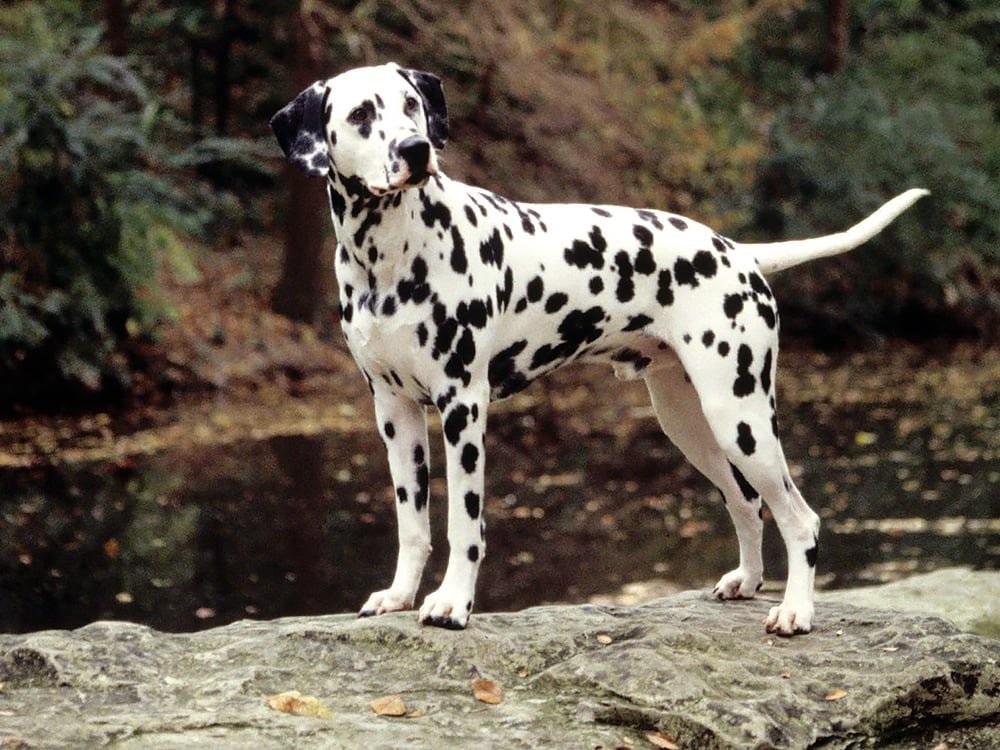
Image of a black-and-white Dalmatian originating from Croatia.
Origins of the Dalmatian
The black-and-white spotted Dalmatian is believed to have originated from Croatia.
Currently, the origins of the Dalmatian breed are still a topic of debate, with several theories proposed:
-
Some believe that Dalmatians appeared in the Middle East and ancient Egypt around 2000–3000 years ago, as depicted in Egyptian tomb paintings.
-
Many documents suggest that the breed emerged and was bred in the Dalmatia region (modern-day Croatia) in the 17th century, which is why it is also called the Dalmatian Dog.
-
Another theory claims that Dalmatians originated in India and were later brought to Europe by traders.
➡ However, Croatia is officially recognized as the country most closely associated with the Dalmatian breed.
Development History of the Dalmatian
-
17th–18th century: Dalmatians appeared in England and Europe, often used as carriage dogs, guard dogs, and hunting dogs due to their exceptional endurance for long-distance running.
-
19th century: In England, they were commonly used to escort horse-drawn carriages and fire trucks, earning them the nicknames "Carriage Dog" and "Firehouse Dog."
-
20th century: The breed gained worldwide fame thanks to the animated movie 101 Dalmatians. Today, Dalmatians are popular pets, rescue dogs, and sporting dogs.
How Many Types of Dalmatians Are There?
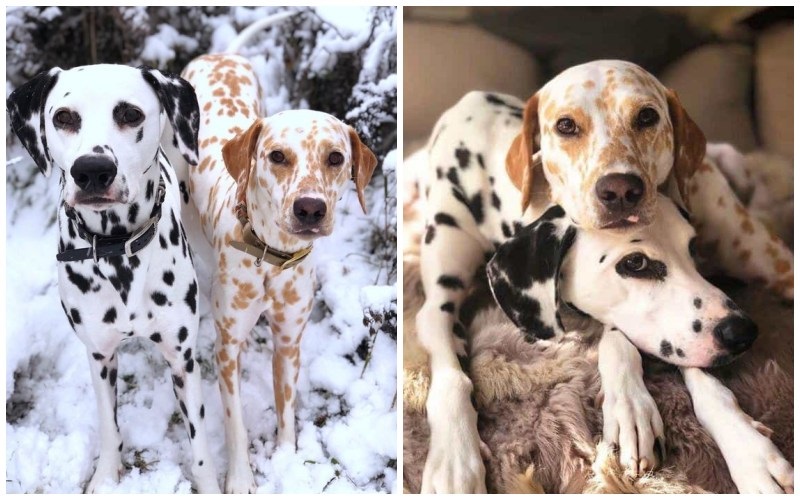
Image of a black-and-white Dalmatian and a brown-and-white Dalmatian.
Dalmatians are classified into various types based on their color, origin, and genetic traits. Let's explore some of the most common types of Dalmatians!
Classification of Dalmatians by Color
Dalmatians are categorized based on their coat color:
- Black Spotted Dalmatian: The most common type, with a white coat and black spots.
- Liver Spotted Dalmatian: Features a white coat with chocolate-brown spots.
- Blue Spotted Dalmatian: Has a blue or silver-gray coat; this variety is quite rare.
- Tri-colored Dalmatian: Displays a mix of black, blue, and gray spots on a white coat; an extremely rare variant.
Dalmatian Types by Origin
Dalmatians are also classified based on their geographical origin:
- American Dalmatian
- Croatian Dalmatian (Original Dalmatian)
- British Dalmatian
Dalmatian Types by Genetic Characteristics
Dalmatians can also be divided into two genetic categories:
- Purebred Dalmatian: Recognized by kennel clubs such as AKC, FCI, and UKC; has smooth fur and evenly distributed spots.
- Mixed Dalmatian: A crossbreed of purebred Dalmatians with other dog breeds, such as Labrador, Husky, German Shepherd, Poodle, native dogs, and Phu Quoc Ridgeback dogs.
Appearance of the Dalmatian
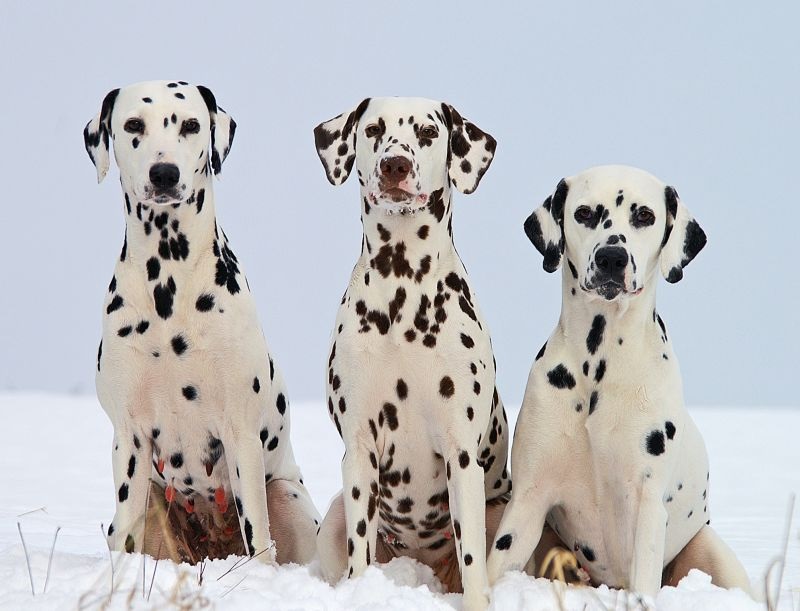
A purebred Dalmatian has a distinctive appearance with a black-and-white or brown-and-white coat.
The Dalmatian is an elegant breed, easily recognizable by its white coat with black or brown spots. Let's take a closer look at its physical characteristics:
- Size: Height ranges from 56–61 cm, body length around 112–113 cm, and weight between 16–32 kg.
- Body: Well-proportioned, tall, with a long neck, straight back, deep chest, and a lean, muscular build.
- Head: Triangular and well-balanced, with a slightly curved forehead.
- Muzzle: Long and straight.
- Nose: Color varies (black or brown) depending on coat color.
- Eyes: Oval-shaped, slightly slanted, with black, brown, or amber tones.
- Coat: Short, smooth, and glossy; sheds year-round. Coat colors include black spots, brown spots, blue spots, and yellow spots. Dalmatian puppies are born pure white, and their spots start appearing after 10–14 days.
- Ears: Triangular with a slight droop.
- Legs: Small and compact with thick paw pads; nail color depends on the coat spots.
- Gait: Agile and quick.
- Tail: Long, straight or slightly curved, with scattered spots.
Personality of the Dalmatian
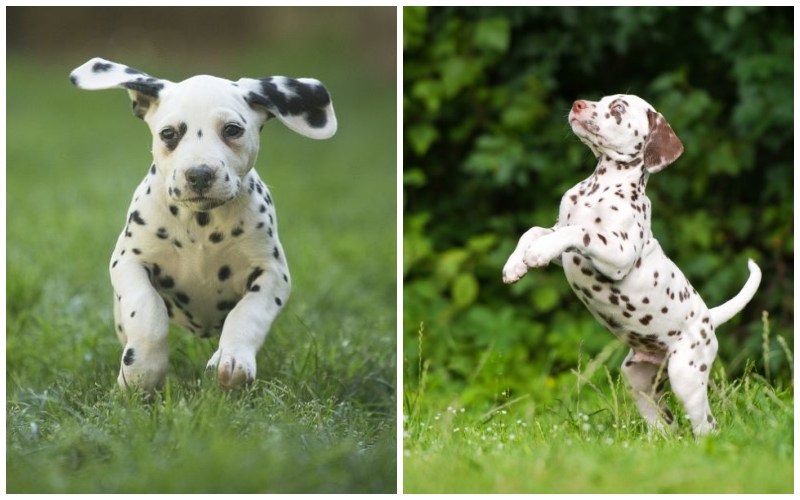
A Dalmatian puppy joyfully running and playing.
Dalmatians are highly intelligent, energetic, and loyal dogs, making them excellent pets, guard dogs, and sporting dogs. Let's explore some of their key personality traits:
Intelligent and Quick Learners
If someone asks whether Dalmatians are smart, the answer is a definite yes! They rank among the easiest dog breeds to train. Dalmatians can even sense their owner's emotions and adjust their behavior accordingly.
Energetic, Playful, and Enduring
Dalmatians love to run and play, often running for hours without getting tired. Their high endurance made them ideal carriage dogs and firehouse dogs in the past. However, if they don’t get enough exercise, they may become restless and start chewing on household items.
Friendly but Highly Alert
Dalmatians are affectionate and friendly with family members but remain cautious around strangers. They don’t bark excessively, but when sensing danger, they will bark persistently to warn their owners.
Independent and Slightly Stubborn
Dalmatians are independent dogs that don’t cling to their owners too much. They can entertain themselves and enjoy their own space. However, they dislike being forced to do things and can sometimes be a bit stubborn, so training requires patience.
How to Take Care of a Dalmatian
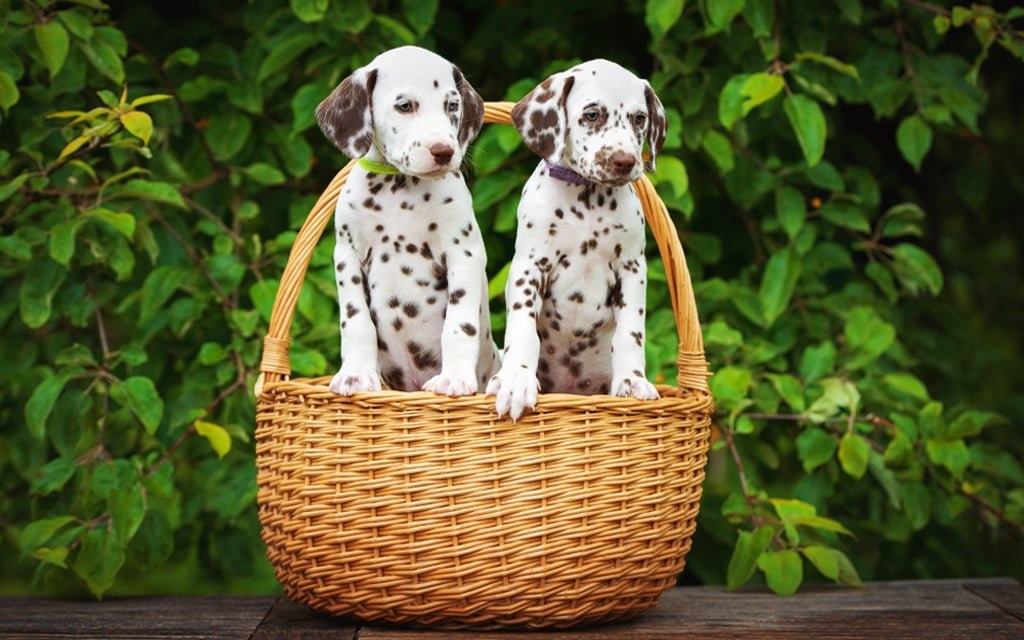
Dalmatians require special care, especially during their puppy stage.
Dalmatians require special care, especially during their puppy stage. Let's explore the best ways to keep your Dalmatian healthy and happy.
Diet for Dalmatians at Different Stages
Understanding the best foods for your Dalmatian and the appropriate portions for each stage of their life is crucial.
Best Foods for Dalmatians:
- Protein: Pork, beef, chicken, fish (about 40% of the diet). However, Dalmatians are prone to kidney stones, so protein intake should be carefully managed, avoiding foods high in purines.
- Fats: Fish oil, fish fat, olive oil (about 15% of the diet).
- Carbohydrates: Rice, grains, oats, sweet potatoes (20-30% of the diet).
- Fiber & Vitamins: Green vegetables, carrots, broccoli (10-15%).
- Minerals & Water: Always provide fresh, clean water.
Feeding Schedule:
- 2-3 months old: 4 meals/day, 200-300g per meal. Soft foods like minced meat porridge, puppy milk, pureed vegetables, and boiled eggs.
- 3-6 months old: 3-4 meals/day, 400-500g per meal. Minced chicken, beef, or pork, soft rice, thick porridge, and vegetables. Supplements like fish oil and unsweetened yogurt.
- 6-12 months old: 2-3 meals/day, 500-700g per meal. Lean meats, limited animal fat, eggs (2-3 per week), rice, sweet potatoes, and unsweetened yogurt.
- Over 12 months old: 2 meals/day, 700-900g per meal. Lean meat, vegetables, grains, rice, and sweet potatoes.
Grooming and Hygiene
- Despite having short fur, Dalmatians shed a lot, especially twice a year. Regular brushing with a special dog brush is necessary.
- Dalmatians are naturally clean dogs that dislike getting dirty, so they don't need frequent baths. Only bathe them when necessary, as they lack the typical dog odor.
- Additionally, clean their ears, eyes, and nose regularly using a clean cloth or cotton swabs to prevent bacterial growth.
Training Your Dalmatian
Dalmatians are naturally intelligent but can be stubborn if not trained properly. Early training is essential to ensure good behavior.
- Teach basic commands like "sit," "stay," "lie down," and "shake hands."
- Socialize them with other pets early to encourage friendliness.
- Use a clear reward-punishment system during training.
- Spend time playing with them daily. If left alone for too long, they may become stressed and destructive.
Vaccination and Health Checkups
Like all dog breeds, Dalmatians require full vaccinations. Below is a recommended vaccination schedule:
| Age | Vaccine Type | Notes |
|---|---|---|
| 3 weeks | First deworming | Consult a vet |
| 6 weeks | First 5-in-1 vaccine | Protects against Care, Hepatitis, Canine Flu, Lepto, Parvo |
| 9 weeks | Second 5-in-1 vaccine | Booster shot |
| 12 weeks | First 7-in-1 vaccine | Protects against Care, Hepatitis, Canine Flu, Lepto, Parvo, Corona, Leptospirosis |
| 16 weeks | First rabies shot | - |
| 1 year | Booster 7-in-1 & rabies vaccine | - |
Important Notes:
- Vaccinations should only be given when the Dalmatian is in good health.
- Avoid bathing your dog 5-7 days before and after vaccination.
- Monitor your dog after vaccination and contact a vet immediately if any unusual symptoms appear.
Reproductive Behavior of Dalmatians
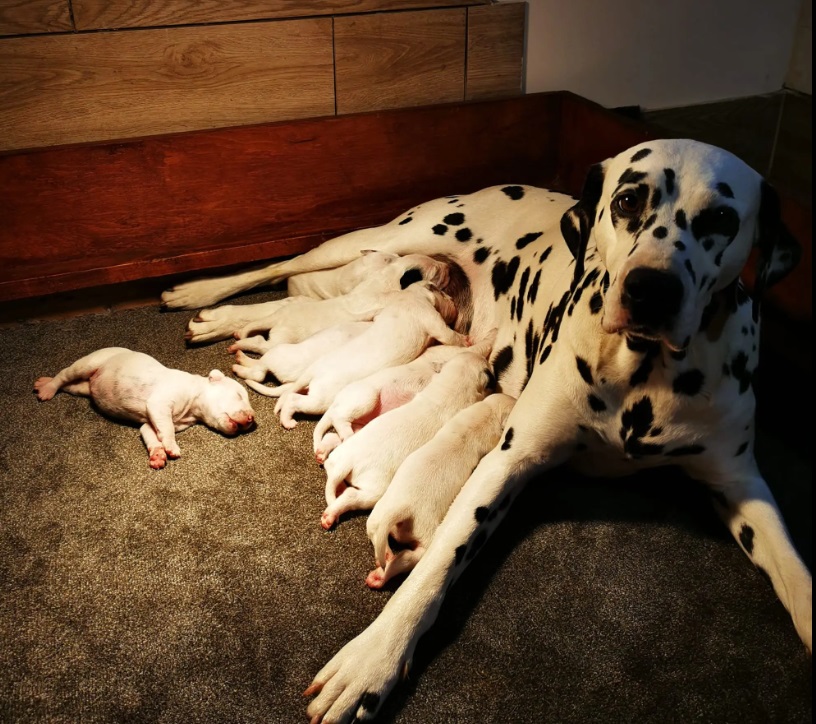
A Dalmatian mother and her newborn puppies.
Dalmatians have a strong reproductive capacity. Here are some key aspects of their breeding characteristics:
Reproductive Age:
- Male Dalmatians can mate from 1 year old, but the ideal age is between 25-28 months.
- Female Dalmatians can breed from 18 months old, but the best age is around 20-22 months.
Estrus Cycle of Dalmatians:
- Female Dalmatians experience an estrus cycle about once every six months, lasting 2-3 weeks per cycle.
- The optimal time for mating is between the 9th and 14th day of the heat cycle.
Gestation Period:
- Dalmatians are pregnant for approximately 58-65 days.
- A typical litter consists of 9-13 puppies, with some cases reaching up to 18 puppies.
Signs a Dalmatian is About to Give Birth:
- Restlessness, excessive pacing, digging, and searching for a hidden spot to nest.
- Loss of appetite, rapid breathing.
- Milk production begins.
Dalmatian Price & Buying Guide
If you're wondering how much a Dalmatian costs and whether they are expensive, here’s a general price guide in Vietnam:
| Dalmatian Type | Price (Reference) |
|---|---|
| White Dalmatian born in Vietnam | 3 - 6 million VND |
| Brown Dalmatian born in Vietnam | 4 - 7 million VND |
| Purebred Dalmatian imported from Thailand | 7 - 9 million VND |
| Purebred Dalmatian imported from Europe | 40 - 110 million VND |
Things to Consider When Buying a Dalmatian:
- Brown-spotted Dalmatians are usually more expensive than black-spotted ones.
- Female Dalmatians tend to be priced higher than males.
- Purchase from reputable pet shops or breeders to ensure a healthy puppy with a clear lineage.
- Choose a strong, healthy puppy with a well-balanced physique.
- Request official documents verifying the dog's origin and vaccination records.
Collection of Beautiful Dalmatian Images
If you love Dalmatians and want to see more adorable and majestic pictures, here are some standout images:
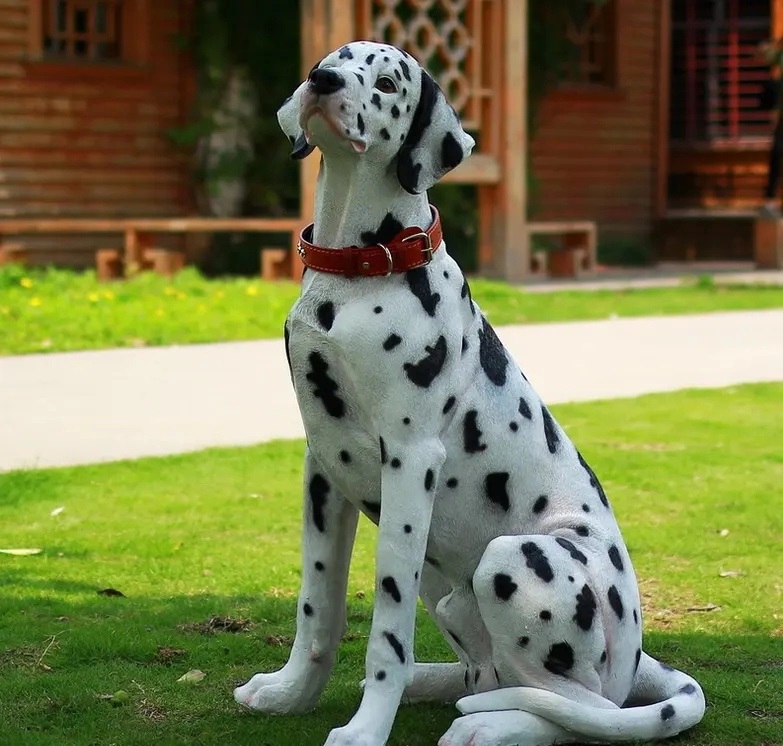
A black-and-white Dalmatian with a majestic stance.
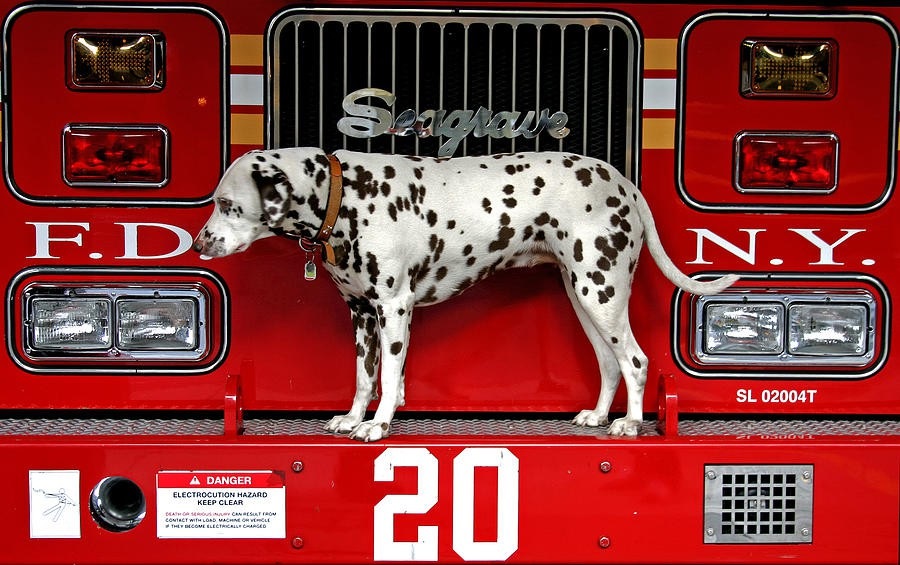
A Dalmatian as part of a fire rescue team in the UK.

A Vietnamese Dalmatian cartoon character loved by many children.
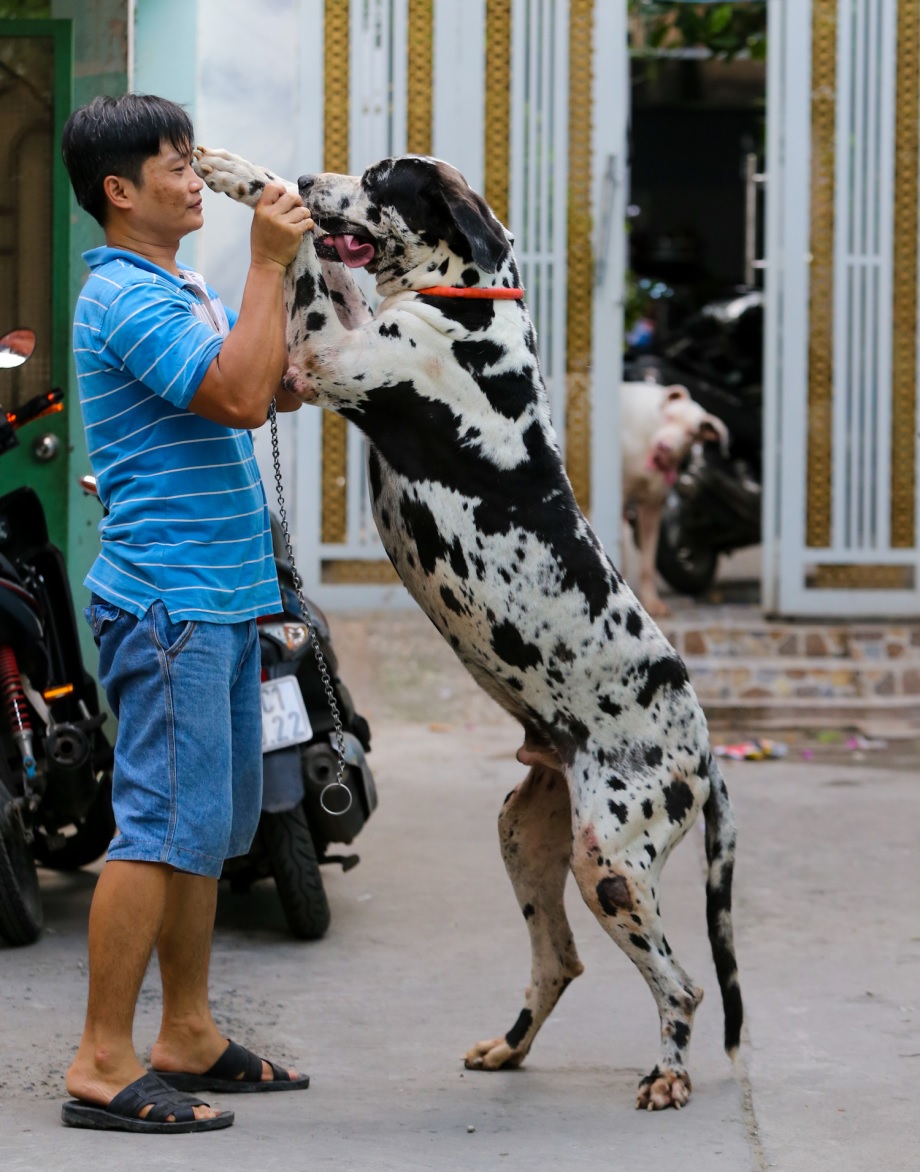
A man standing next to the largest Dalmatian.
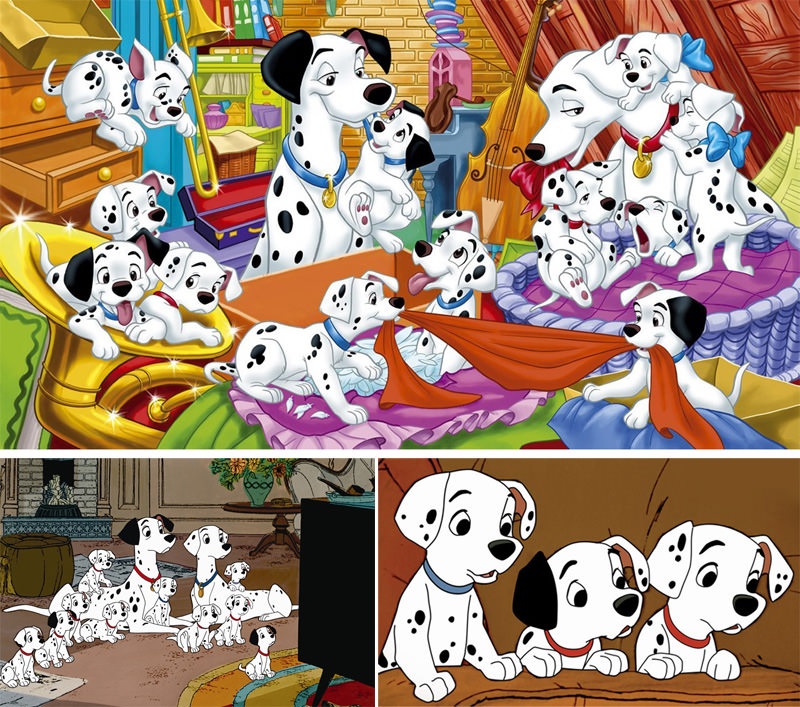
A cute animated Dalmatian image.
Through this article, dogbreed.wiki have covered everything about Dalmatians—an intelligent breed with a striking appearance. Hopefully, this guide helps you understand them better and take good care of your furry companion.
For more information on other beautiful and intelligent dog breeds, visit our Blog section regularly so you don’t miss any updates!

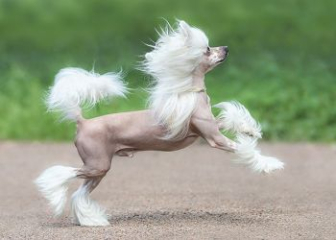

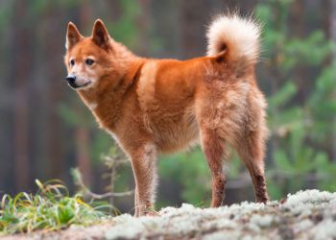

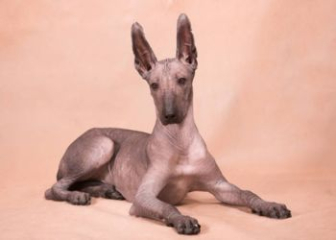



_350x250.jpg)




